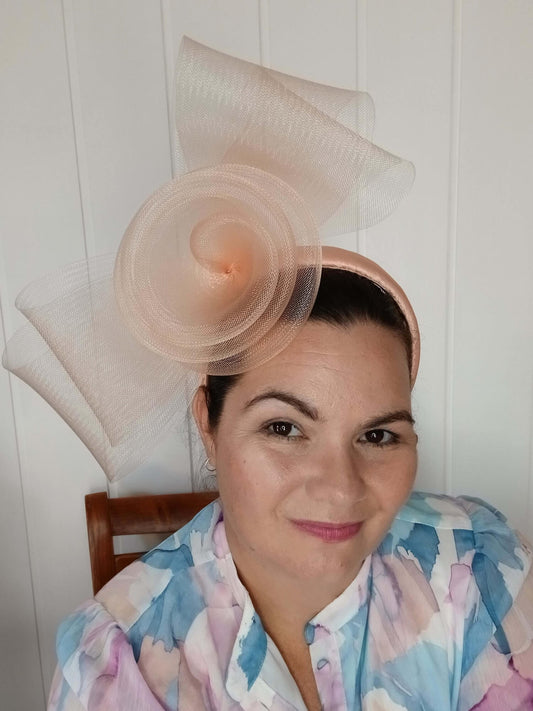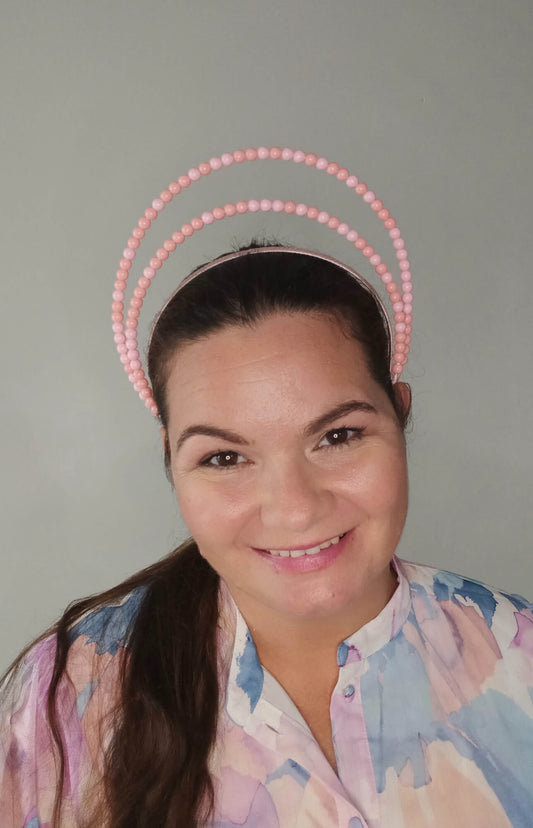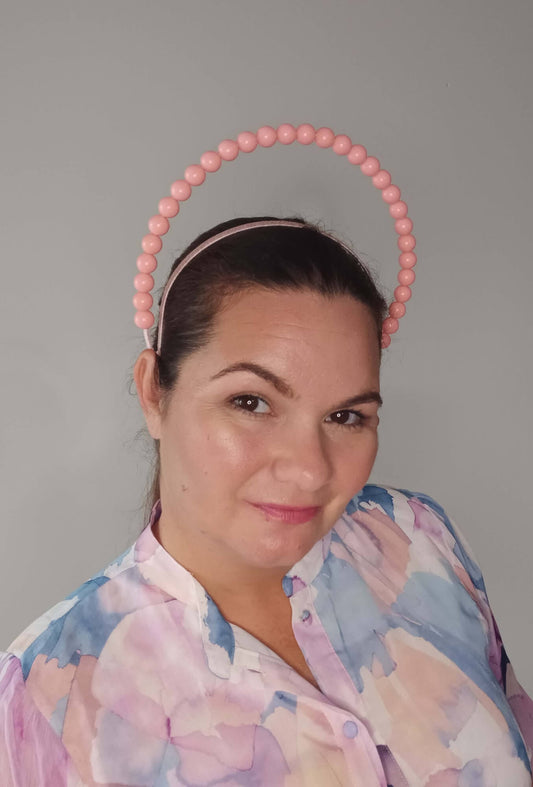
Orange: A Bold Hue with Endless Possibilities
In this post, we’re diving into the vibrant and energetic world of orange. If you’ve been following along with my recent colour theory series, you’ll recognize some familiar foundational concepts. Two months ago, we explored the versatility of pink, covering essential colour theory principles like the colour wheel, hue, value, and chroma. If you’ve already mastered those basics, feel free to skip ahead to where we begin our deep dive into orange.
However, if this is your first time exploring colour theory with me—or if you’d like a quick refresher—stick around! Understanding how colours interact is key to unlocking the full potential of any shade, especially one as bold and dynamic as orange.
Whether you’re a seasoned designer or just beginning to explore the power of colour, orange offers a world of creative possibilities. Let’s start by revisiting the core principles of colour theory before we unleash the energy and vibrancy of this captivating hue.
So lets start this post by covering the essentials of colour theory—exploring how colours are arranged on the colour wheel and how primary, secondary, and tertiary colours interact. Once we establish this foundation, we’ll dive into the captivating realm of red, examining its unique qualities and how to coordinate it with other hues. But before we unlock the secrets of red’s allure, let’s first understand how colours work together.
The colour wheel is a diagram commonly used in visual arts to illustrate the relationships between colours in the visible spectrum. Organized in a circle, the wheel divides colours into three key categories: primary, secondary, and tertiary. Artists across disciplines—including painting, fashion, film, and design—rely on the colour wheel to develop harmonious colour schemes and to visualize how hues interact when placed side by side.
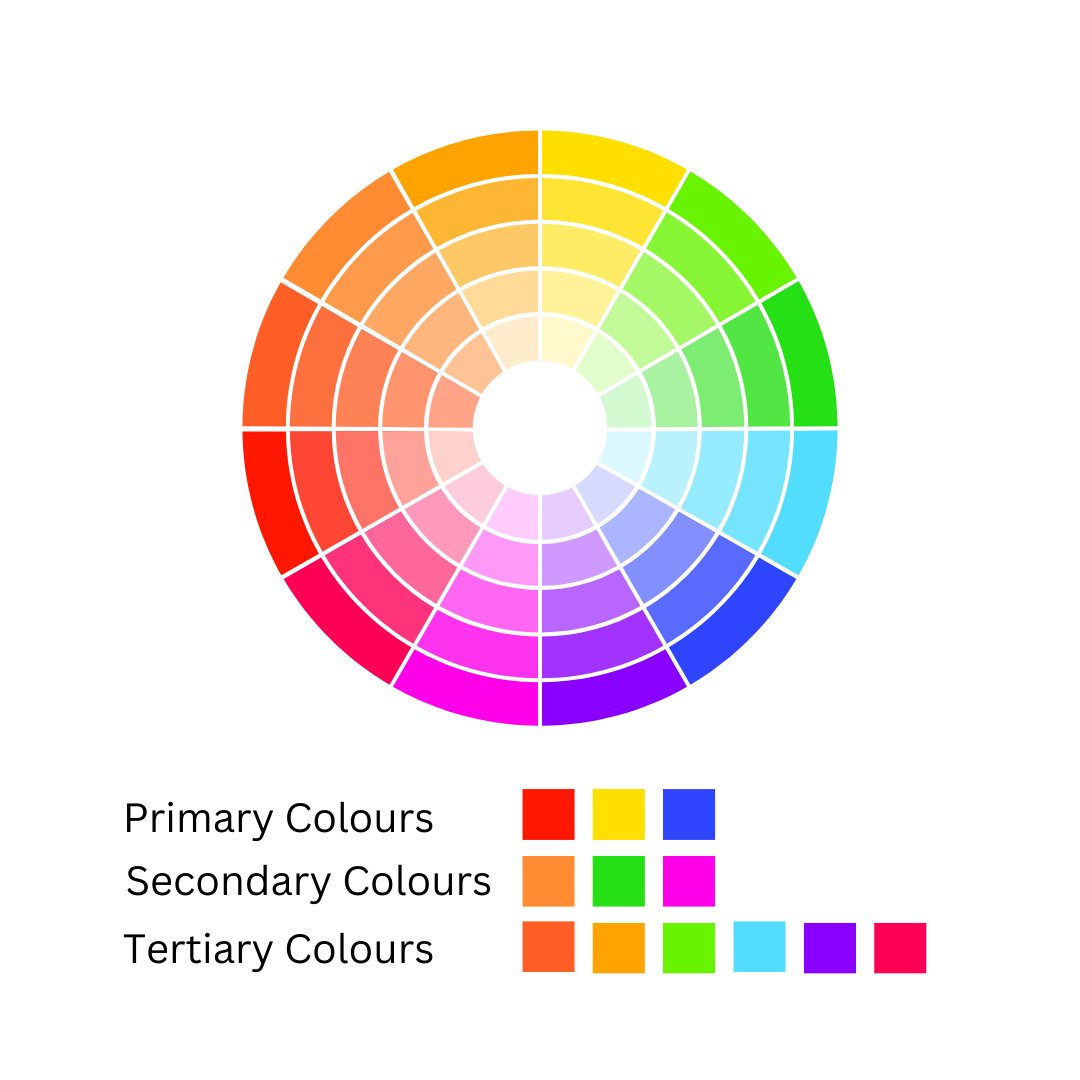
Primary colours—red, yellow, and blue—are the foundational hues that cannot be created by mixing other colours. Secondary colours are formed by combining equal parts of two primary colours, while tertiary colours result from mixing a primary colour with a neighbouring secondary colour, such as red with orange.
In colour theory, the term hue refers to the basic colour families, such as red, green, or blue—essentially the colours of the rainbow. It’s important to note that black, white, grey, and brown are not considered hues. Value describes the lightness or darkness of a colour, measured on a scale from 0 to 10, with 0 representing black and 10 representing pure white. Chroma, meanwhile, refers to a colour’s intensity or saturation—its vividness or dullness.
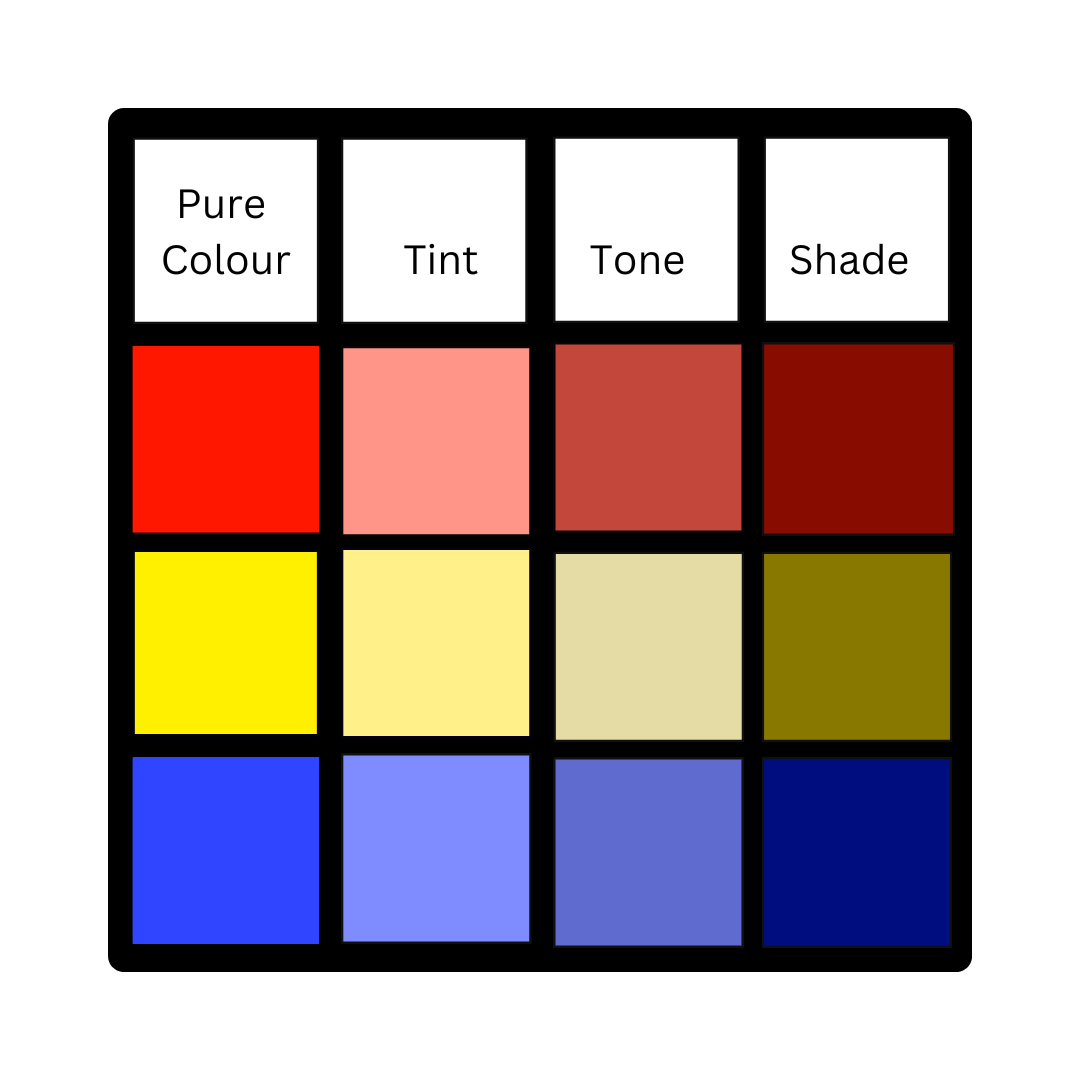
When we talk about shades, tints, and tones, we’re discussing variations of pure colour. A shade is created by mixing a pure colour with black, a tint is made by adding white, and a tone results from blending a colour with grey.
Temperature is another concept in colour theory, often encountered in discussions about personal colour analysis or seasonal palettes. Colour temperature refers to whether a colour has a warm undertone (yellow) or a cool undertone (blue). This distinction plays a crucial role in determining which colours suit certain complexions or settings.
One of the most valuable aspects of colour theory is the idea of colour harmony, which refers to the combinations of colours that produce aesthetically pleasing results. Common colour harmonies include:
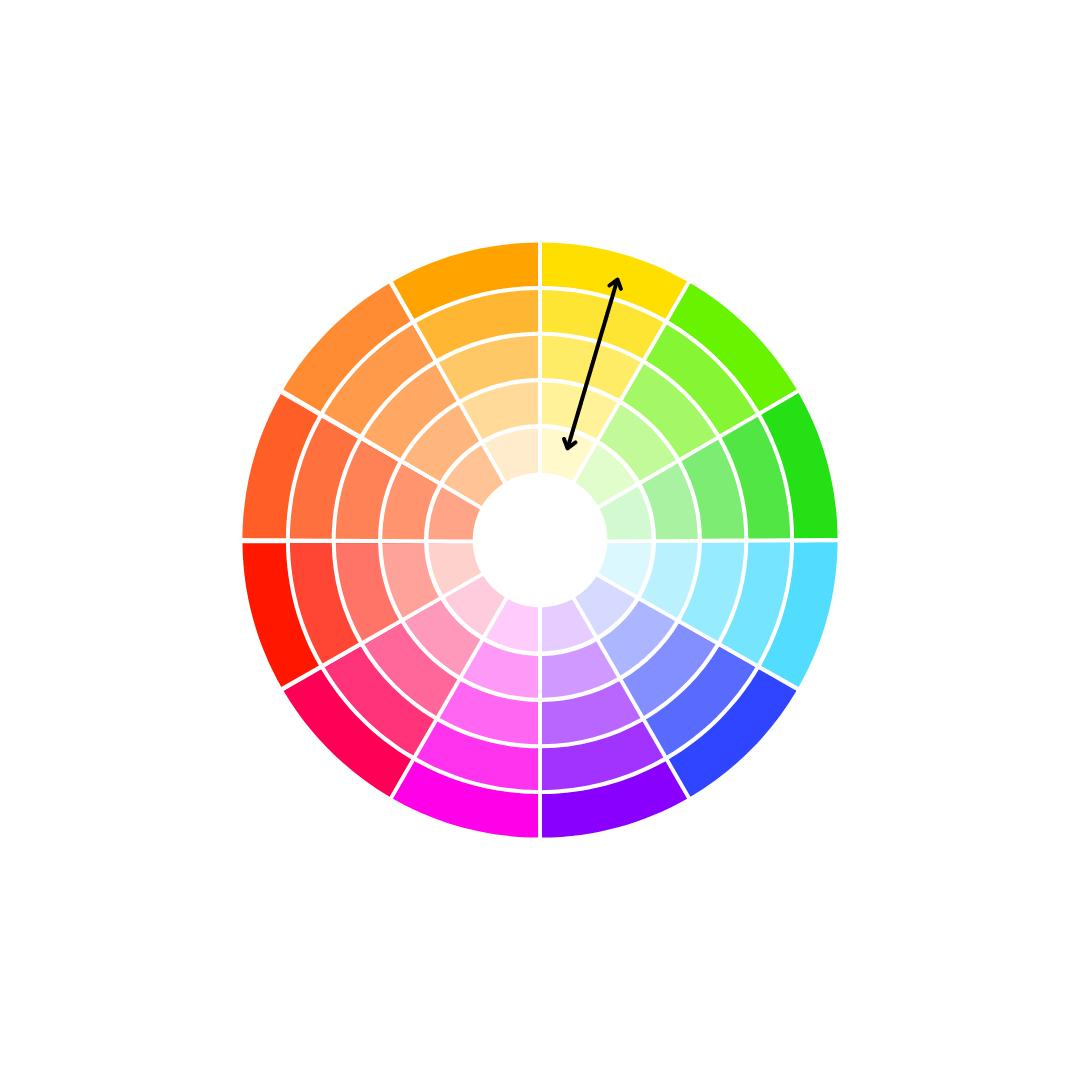
Monochromatic
A single colour in various shades, tints, or tones.
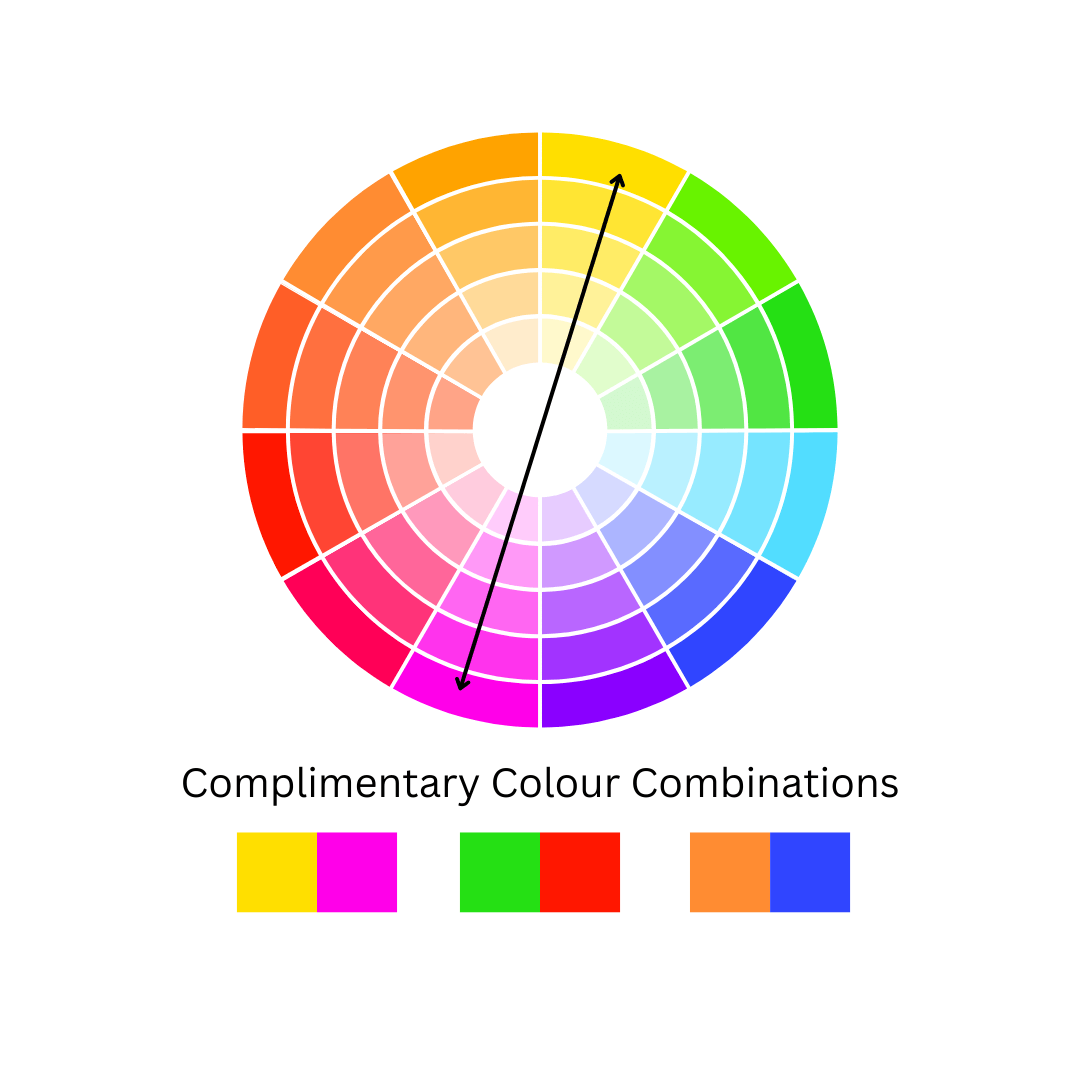
Complementary
Colours that are directly opposite each other on the colour wheel, such as red and green, blue and orange, or yellow and purple.
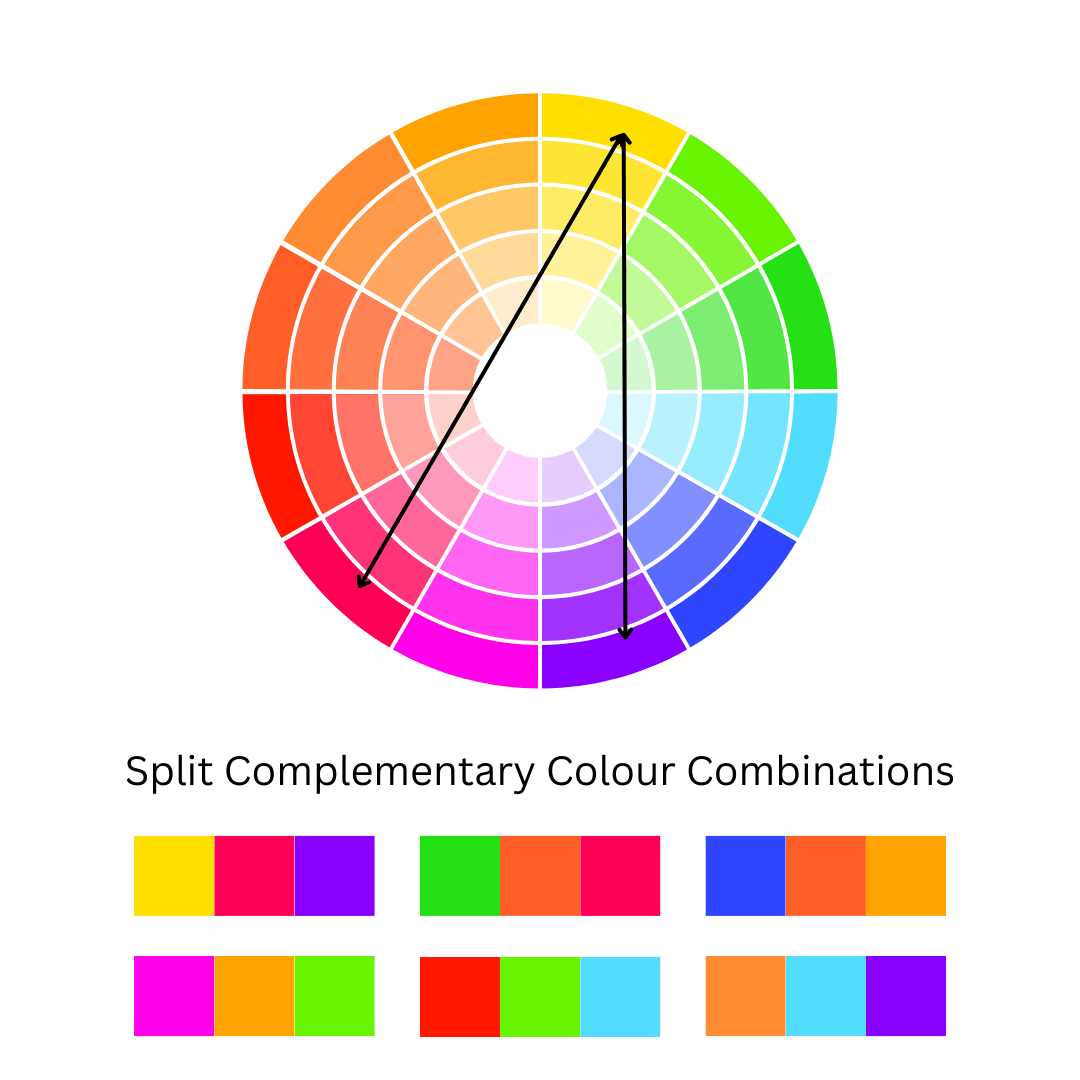
Split Complementary
A key colour paired with two complementary colours on either side of its direct opposite on the colour wheel. For example, with yellow as the key colour, the complementary colours would be red-purple and blue-purple.
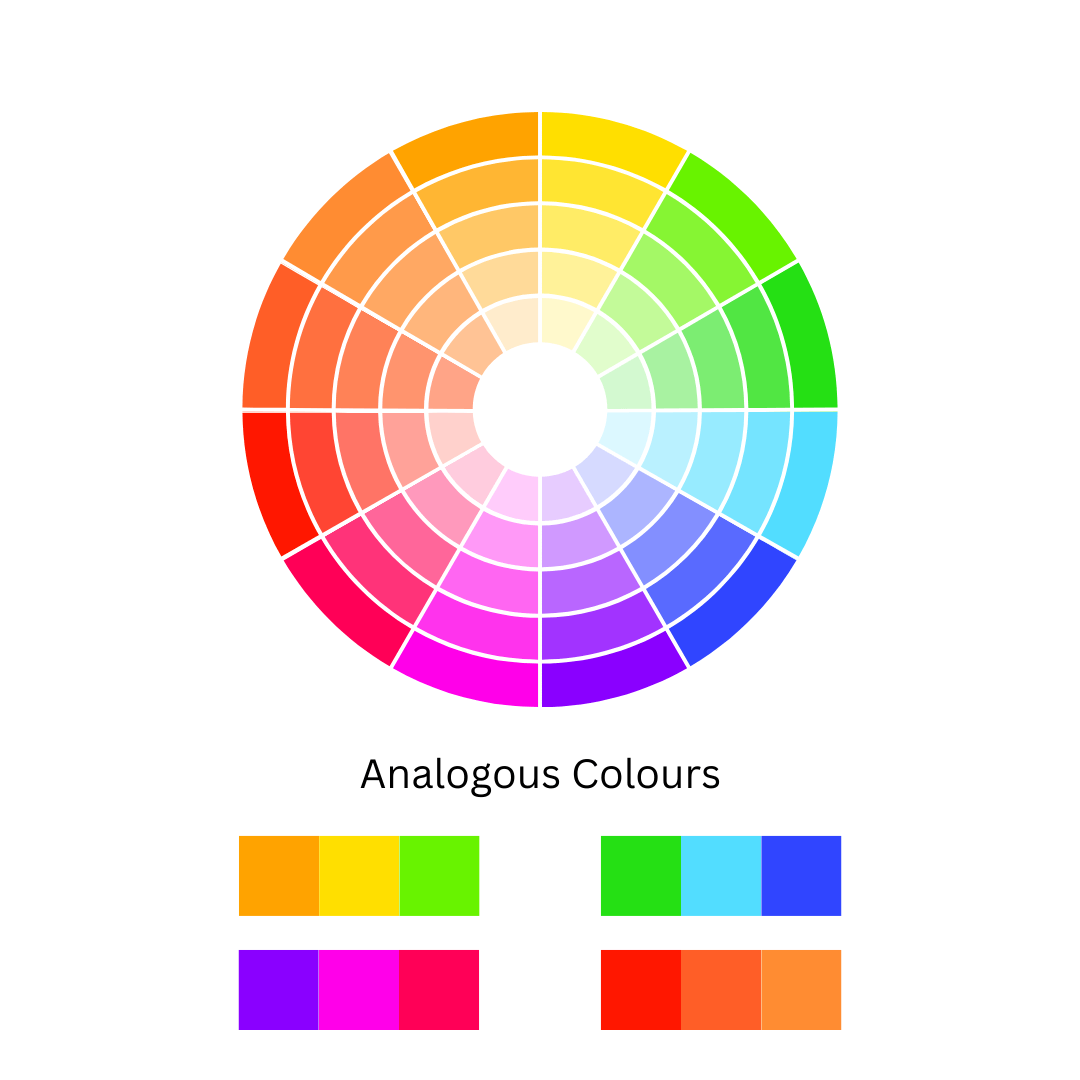
Analogous
A group of three colours that sit next to each other on the colour wheel, such as green-blue, blue, and blue-purple.
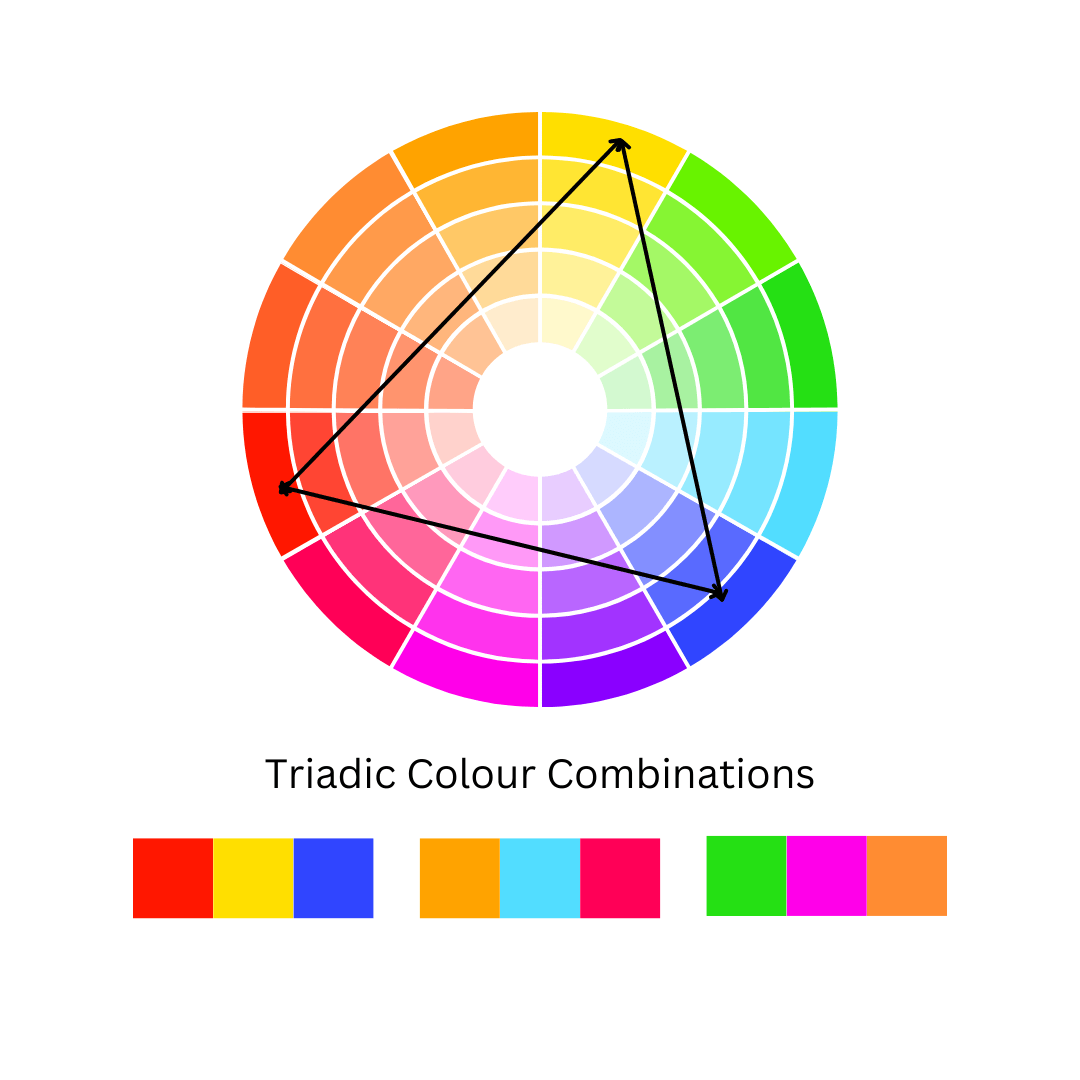
Triadic
A trio of colours evenly spaced around the colour wheel, like red, yellow, and blue.
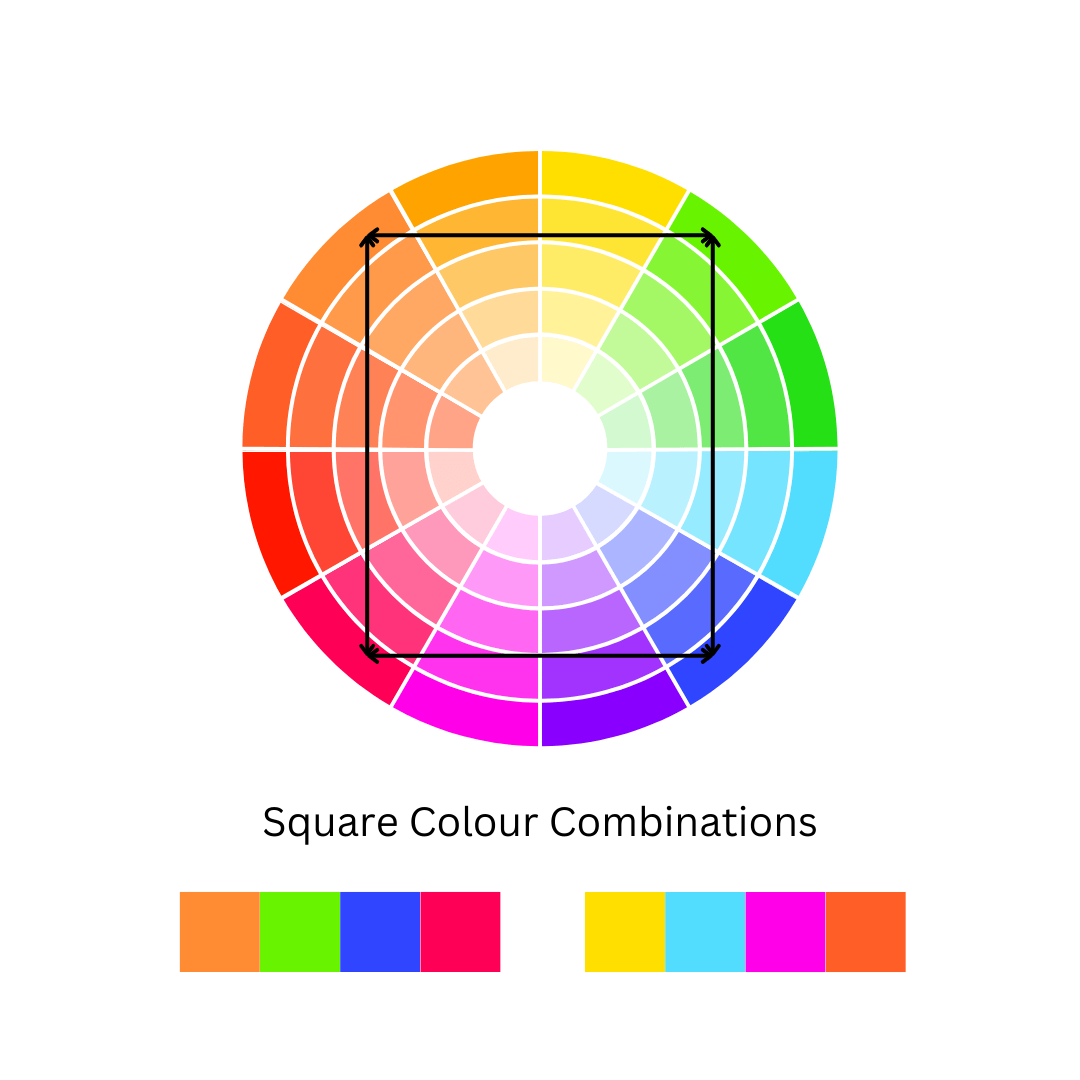
Square
Four colours that are evenly spaced apart on the colour wheel, forming a square when connected.
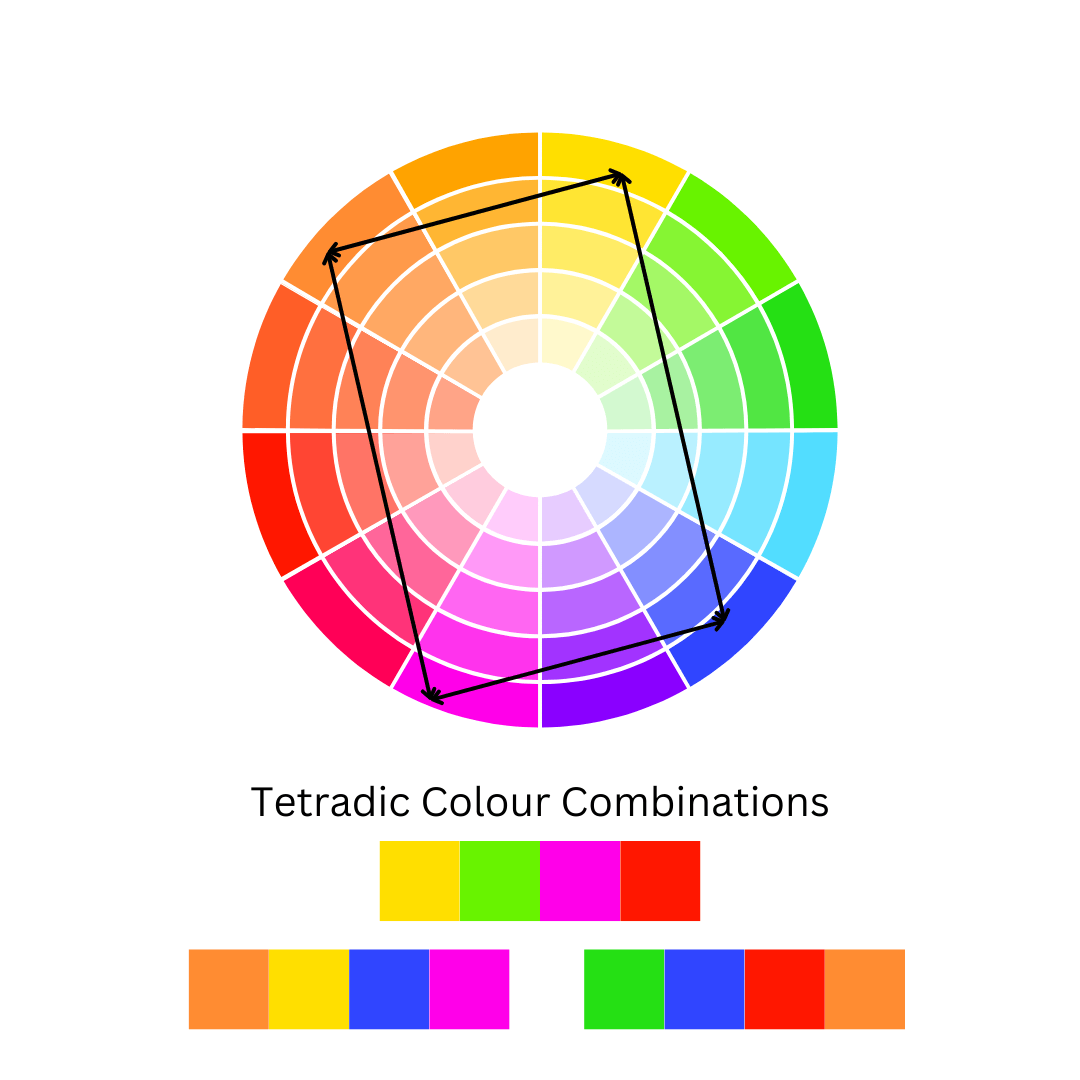
Tetradic
A colour scheme involving four colours that, when connected on the colour wheel, form a rectangle.
Exploring Orange: The Energy and Warmth of a Captivating Hue
With a solid understanding of colour theory, we're ready to explore the bold, dynamic world of orange. A blend of red’s intensity and yellow’s warmth, orange radiates energy, creativity, and enthusiasm. Its versatility allows it to range from soft, peachy tones to vibrant, fiery hues, making it an exciting colour to work with in both design and fashion.
As we dive deeper into orange, we’ll examine how its various shades and temperatures—whether leaning towards warm, golden tones or cooler, rust-like hues—affect the way it interacts with other colours. By applying the core principles of colour theory, you'll discover how orange can bring a sense of vibrancy and balance to your projects, whether as a statement colour or a harmonious accent.
Let’s uncover the potential of orange and learn how to make it a standout in your creative palette.

Monochromatic Schemes
A monochromatic palette built around orange offers a surprisingly rich and versatile range of possibilities. By using varying shades, tints, and tones of orange, you can create a cohesive yet dynamic look that captures attention without overwhelming the senses. From soft, peachy pastels to bold, burnt oranges and deep rusts, the monochromatic approach allows you to highlight orange’s full spectrum of warmth and energy.

Complementary Colour Schemes
When paired with its complementary colour, blue, orange creates a striking and balanced contrast that energizes any design. This dynamic duo sits opposite each other on the colour wheel, making their combination visually impactful while maintaining harmony. Whether you’re aiming for a bold, modern statement or a more subtle, refined look, the orange-blue pairing offers endless versatility.

Split Complementary Colour Schemes
A split complementary colour scheme involving orange provides a balanced yet visually intriguing palette by pairing orange with the two colours adjacent to its complement: blue-green and blue-purple. This combination softens the intensity of a traditional complementary scheme while maintaining a vibrant contrast, making it ideal for those who want bold colour without overwhelming the senses.

Analogous Colour Schemes
An analogous colour scheme using orange combines colours that sit next to each other on the colour wheel, such as yellow and red. This creates a warm, harmonious palette that feels cohesive and inviting. The natural progression from yellow to orange to red evokes feelings of warmth, energy, and comfort, making it a perfect choice for designs that aim to be both vibrant and balanced.

Triadic Colour Scheme
A triadic colour scheme featuring orange uses three colours evenly spaced around the colour wheel: orange, green, and purple. This combination offers a dynamic yet balanced palette, where each colour complements the others while maintaining its own vibrancy. Triadic schemes are perfect for creating bold, playful designs that exude energy and creativity.
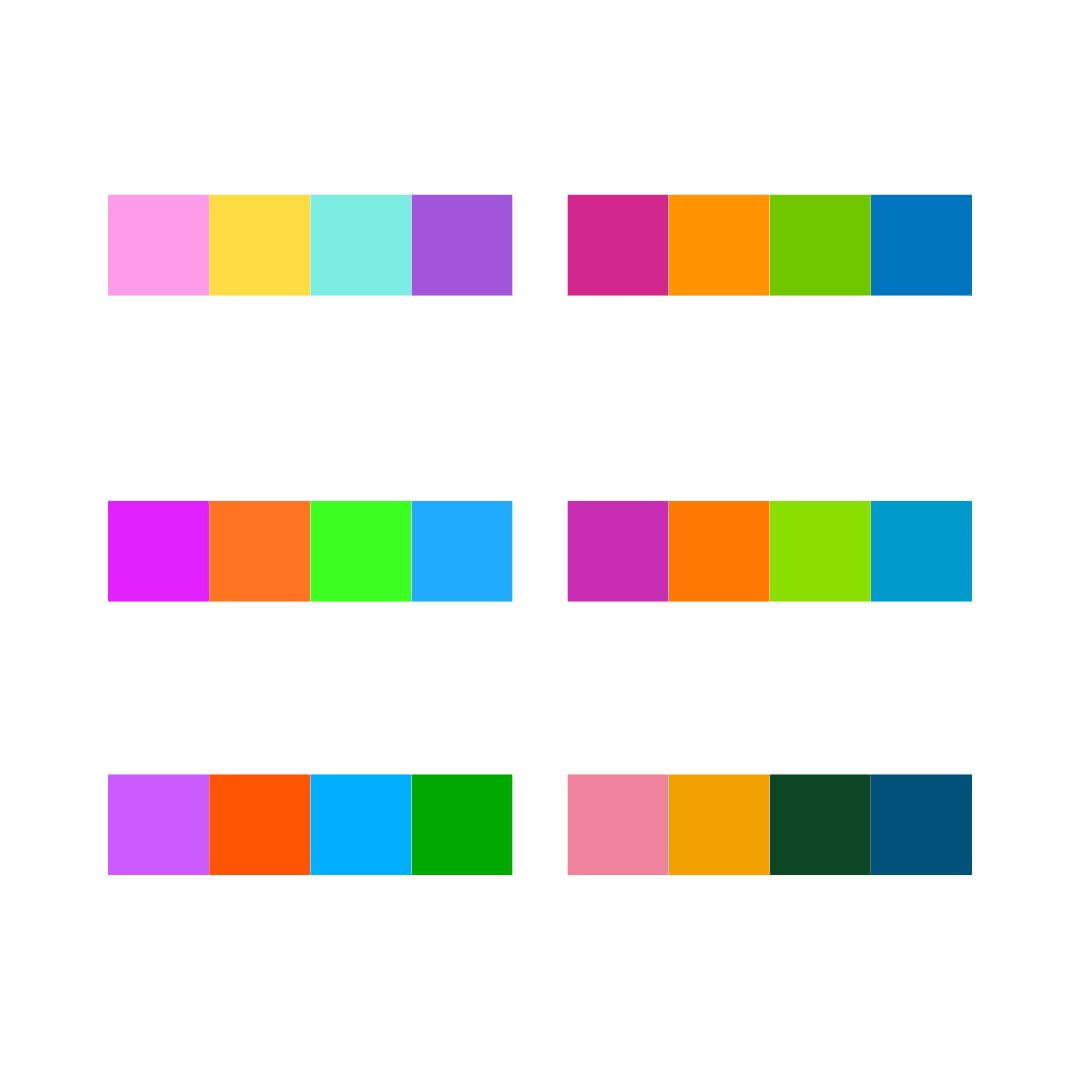
Square Colour Scheme
A square colour scheme featuring orange combines four colours evenly spaced around the colour wheel, creating a bold and balanced palette. In this scheme, orange is paired with blue, green, and purple, offering a dynamic mix of warm and cool tones that work harmoniously. This approach is ideal for those looking to create a vibrant, high-energy design with plenty of contrast and visual interest.
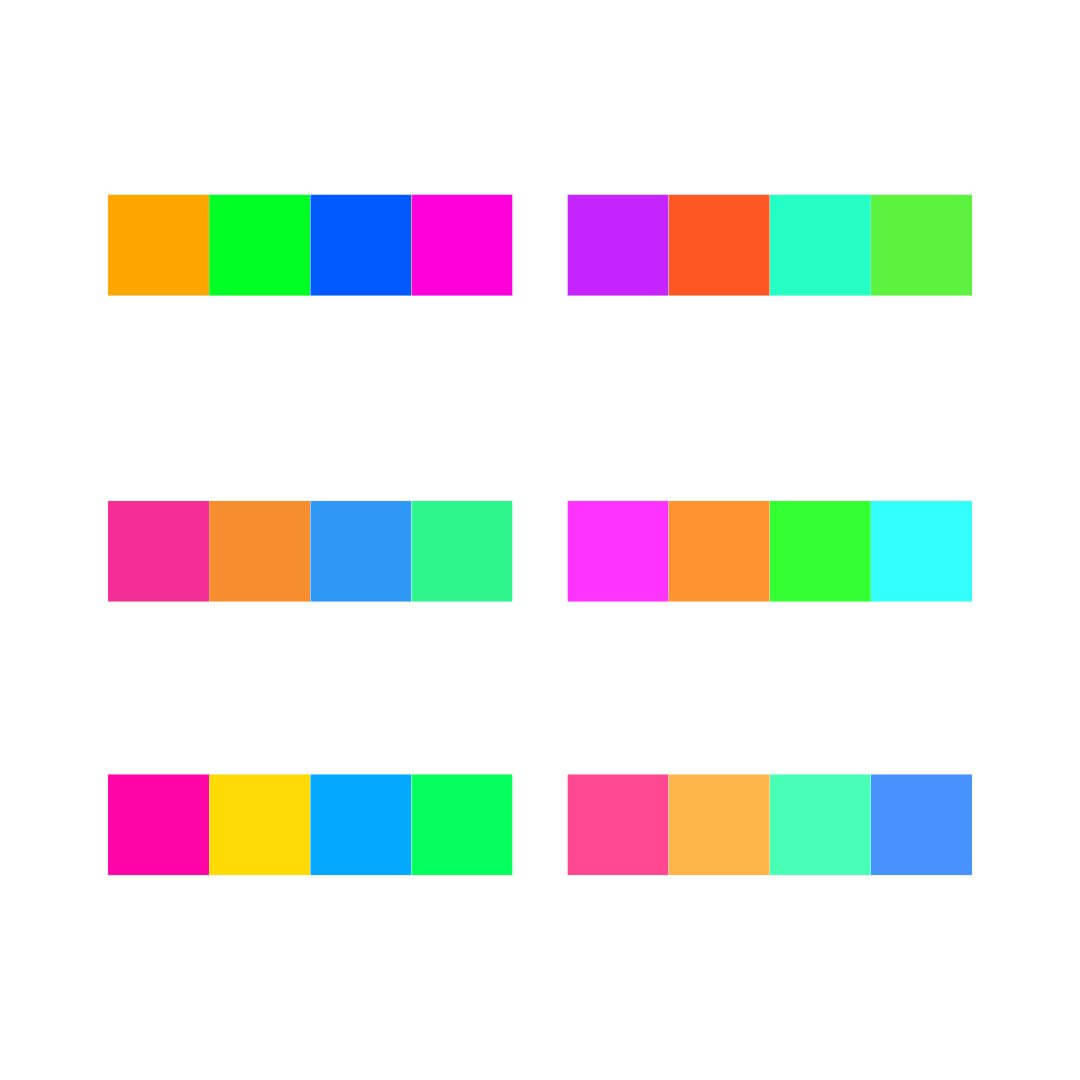
Tetradic Colour Schemes
A tetradic colour scheme, also known as a rectangular scheme, uses two pairs of complementary colours, creating a rich and vibrant palette. When orange is part of a tetradic scheme, it’s often paired with blue (its complement) and two additional complementary colours, such as red and green or purple and yellow. This combination offers a dynamic balance of warm and cool tones, making it perfect for bold, energetic designs.
The Emotional Impact of Wearing Orange
Wearing orange can evoke a range of emotions, thanks to its bold, warm, and energizing nature. As a colour associated with enthusiasm, creativity, and vitality, orange makes a strong statement that often attracts attention and radiates positivity. Here’s how different shades of orange can impact emotions:
- Bright Orange: Energetic and invigorating, bright orange conveys confidence, excitement, and a sense of adventure. It’s a powerful choice for making a bold impression, whether at social events, in competitive settings, or as a playful addition to everyday wear.
- Soft or Muted Orange: Shades like peach, apricot, and terracotta offer warmth and approachability. These tones create a more relaxed and inviting vibe, ideal for casual settings or when you want to convey friendliness and openness.
- Deep Orange: Rich tones like burnt orange or pumpkin exude a sense of groundedness and warmth, making them perfect for autumn-inspired fashion or creating a cozy, comforting atmosphere.
Psychologically, orange is linked to optimism and extroversion. Wearing it can boost your mood and the mood of those around you, fostering a sense of joy and connection. It can also encourage creativity and spontaneity, making it a great choice for those in artistic or innovative fields.
However, because orange is such a strong and dynamic colour, it’s important to consider the context. In professional settings, pairing orange with neutral tones like navy, beige, or grey can help temper its intensity while still maintaining its uplifting effect.
Ultimately, wearing orange is a way to express energy, warmth, and individuality. Whether you want to stand out in a crowd or bring a little brightness to your day, orange is a colour that can spark joy and leave a lasting impression.
Orange Colour Schemes on the Streets
-

Monochromatic
-

-

-

Complimentary
-

-

-

Split Complementary
-

-

-

Analogous
-

-

-

Triadic
-

-

Bringing Colour Theory to Life
Colour theory provides a powerful framework for understanding how colours interact and influence our perceptions, emotions, and design choices. Whether you're experimenting with bold complementary contrasts, harmonious analogous palettes, or dynamic triadic and tetradic schemes, mastering these principles empowers you to create visually captivating and emotionally resonant designs.
In this post, we’ve explored how orange, with its vibrant energy and warmth, can be used in various colour schemes to evoke different moods and make impactful style statements. By understanding the fundamentals of colour theory and applying them thoughtfully, you can confidently use orange—or any colour—to enhance your creative projects, fashion choices, and interior designs.
Now that you’ve explored the possibilities of colour theory, it’s time to put your knowledge into action. Experiment with different combinations, embrace bold contrasts, or create harmonious blends to bring your vision to life. Don’t be afraid to let colour be the star of your next project.
For more inspiration and styling tips, explore other posts on my blog, where we dive deeper into the art of millinery, fashion, and design. Let’s keep the colour conversation going—what’s your favourite way to style orange? Share your thoughts and creative ideas in the comments!
All images available from Google.
Featured collection
-
Apricot Crinoline Bow and Rose Headband by Melissa Rath Millinery
Regular price $180.00 AUDRegular priceUnit price / per -
Apricot Crinoline Millinery Crown by Melissa Rath Millinery
Regular price $250.00 AUDRegular priceUnit price / per -
Apricot Double Halo Headband by Melissa Rath Millinery
Regular price $125.00 AUDRegular priceUnit price / per -
Apricot Halo Headband by Melissa Rath Millinery
Regular price $125.00 AUDRegular priceUnit price / per

About the Author
Melissa Rath is an Australian milliner creating unique, handcrafted hats. She shares insights on design, styling, colour theory, the history of hats and all things millinery.



















